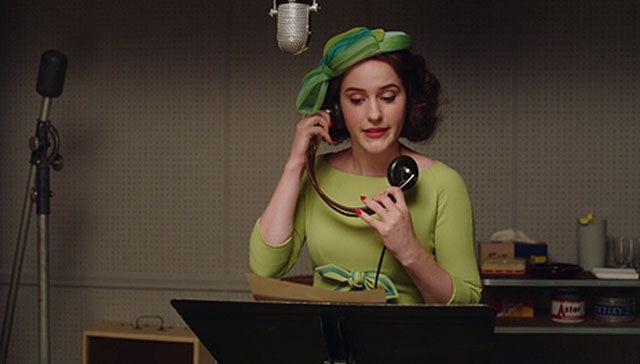Written by Terry Berland @berlandcasting for Backstage Industry Expert Advice.
I see many talent transition from on camera, theatre, film, comedy and Improv into a VO career. The voice-over field is wide open with many opportunities. If you are going to do it, do it right. Here are the elements it takes for a long, strong voice-over career.
The Beginner
Learn the Basic Foundational techniques.
You have to learn how to take direction from someone else and give direction to yourself. Some typical directions are to sound bright, friendly, serious, compassionate, strong, warm, trustworthy, and thoughtful.
Find your strengths. Start recognizing what your strengths are. You might be more of the announcer, non-announcer, personality driven or long format story-telling type.
Learn how to analyze a piece of copy. Each piece of copy will give you information on what is being asked for of your voice. For instance, if the spot indicates there is bright bouncy music playing in the background, you know your read will need to be bright. If the scene takes place in a romantically lit restaurant, with close-up shots, that would be telling you your voice should be directed to sound intimate.
Intermediate
After you get to know your voice, how to direct it and take direction from someone else, you are into the intermediate phase of your abilities.
Learn the nuances of how to execute the copy. After knowing basic direction, you are ready to notice and execute nuanced changes in each sentence. You are also ready to notice and execute sentences that are being used for transitions. For instance after laying out facts, there would be a call to action.
Experiment and experience different venues. Know the difference between radio and TV reads. In radio your voice is painting the picture, whereas in television your voice is supporting the picture. Experience promo, announcer, narration, and voicing to picture and music.
Start to know your voice print
Your voice print is your voice personality. If the sound of your voice is naturally full of character, don’t try to prefect doing serious spots that calls for gravitas
Advanced
Now that you know your strengths, how to analyze a piece of copy and how to take direction it is the time to move past technique.
Step Up To The Mic Beyond Technique
It’s time to embrace the read. Now that you can recognize what the spot is asking of your voice, and you feel confident about your reads, you can embrace the responsibility of fully adding your voice to the branding of the spot.
Brand yourself
Discover visuals and colors that match the look and feel of your voice. This is a process; take your time with it. In my advanced workshop I have talent each week collect visuals that match the feel of their voice. It’s good to do this with a professional and others in the group for feedback and reactions. For instance if your voice is bright and cheery your colors might be bright yellow and orange and your visuals might be people bouncing on trampolines.
Make a demo
Don’t rush into your demo. You will save a lot of money making a demo after you know your voice and know how to take direction. There is no career longevity in being called in to audition or booking a job from an over-edited good demo and then not being able to come through being given direction.
Create a website
Create a simple website using your branding. The more presence you have on the internet the more likely you are to be found in any searches.
Now you have all the tools to gain agent interest and good self-submissions. Now good luck and go out and “break a lip”.
If you want to sharpen up on your voice-over technique, follow this link to Terry Berland’s Voice-Over workshops.








